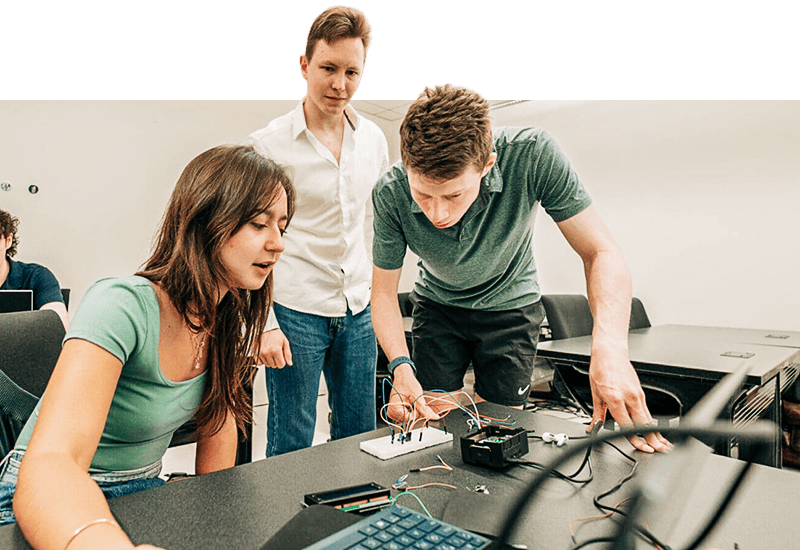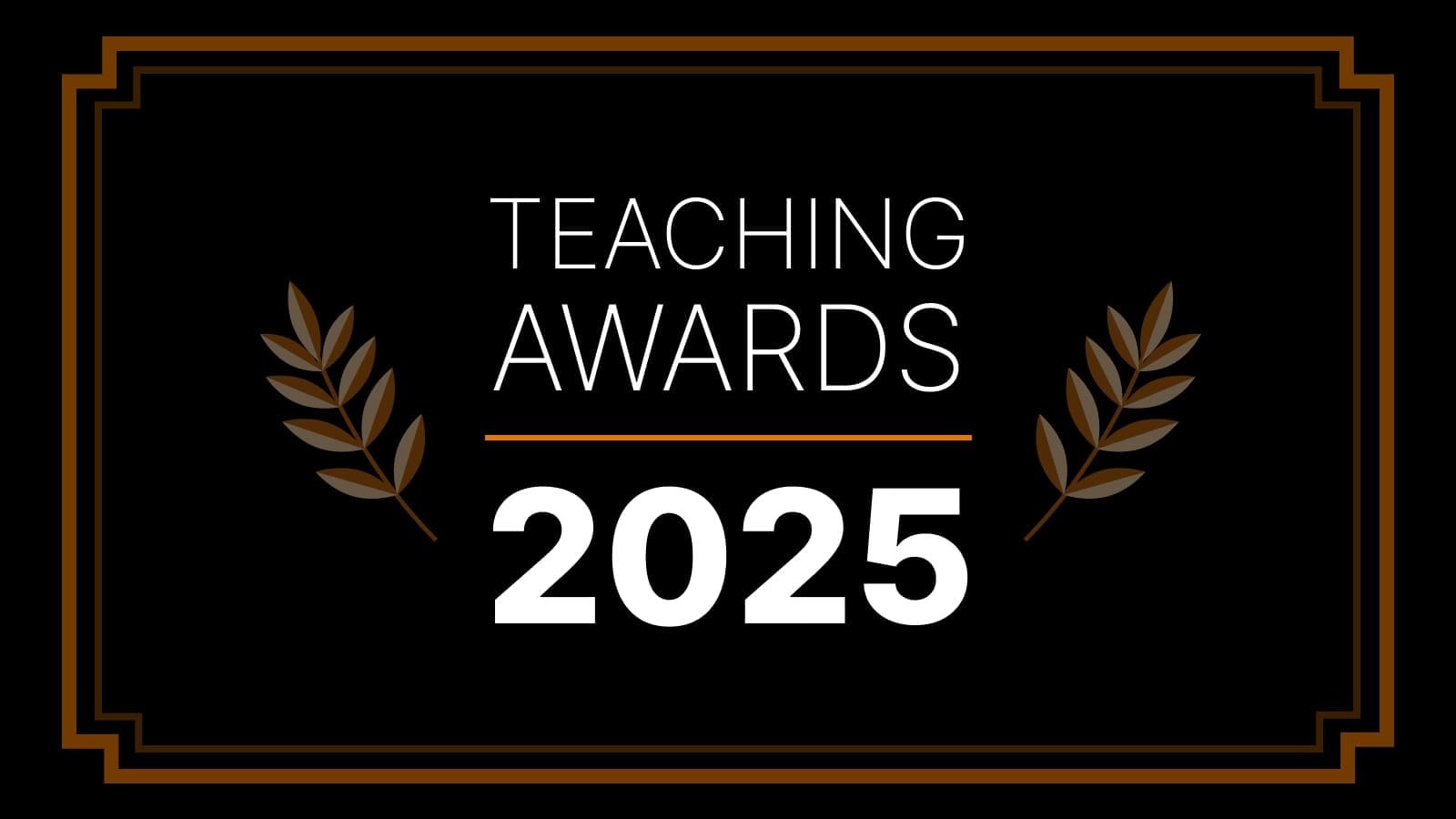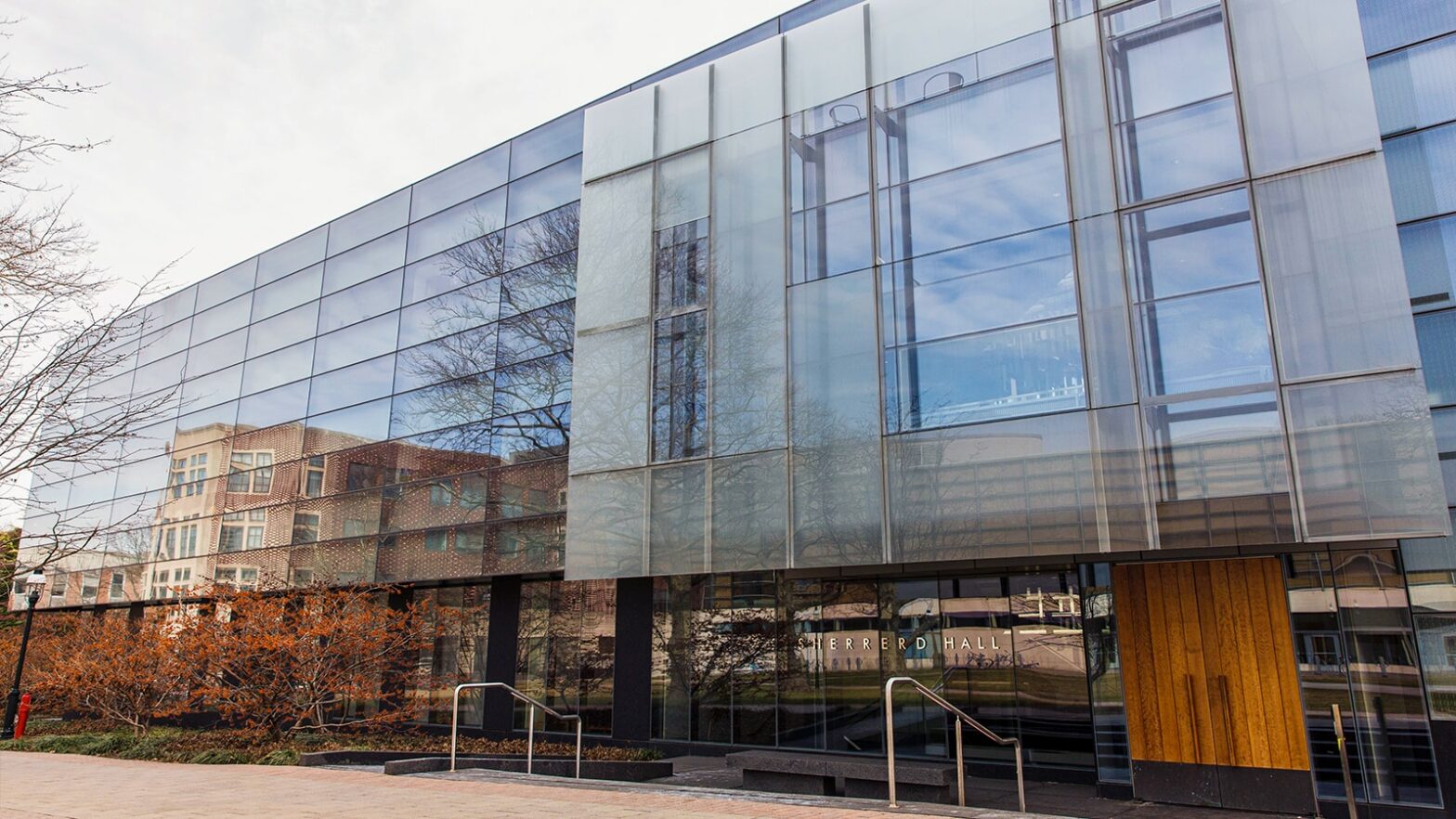From ice cream to vaccines, course teaches ‘learning’
By
on
When students get their hands on Peter Frazier’s research, they use it for everything from planning a more profitable ice cream business to designing space ships. But Frazier likes explain his work this way:
Suppose you have just moved to Manhattan and are trying to figure out the fastest way to get from your new apartment to your new job. You search the Internet and find a number of different routes. Which path is best? Is it better to ride your bike or take a bus? How likely is it that you will encounter an unexpected delay if you take the A train?
“Every day we face situations where we have to make a decision or solve a problem without the benefit of all the information we would like to have,” said Frazier, a third-year graduate student working with Warren Powell ’77, professor of operations research and financial engineering.
Frazier is creating a series of mathematical algorithms that optimize decision-making in the face of uncertainty. His algorithms “learn” from decisions as they are made, so that better decisions can be made in the future. His mathematical techniques have a wide range of applications, from identifying promising drug candidates to figuring out the best evacuation plan in the event of a natural disaster.
This spring Frazier and Powell taught “Optimal Learning,” a new course built on Frazier’s cutting-edge work. For their final projects, students applied what they learned in the classroom to real-world problems. Some of their projects are featured on this page.
Mint chocolate chip or coconut sherbet? Joseph Preissig and Nan Yin tackled what they termed “the Bent Spoon Ice Cream Problem” in their final paper. The Bent Spoon is a popular ice cream parlor on Palmer Square in downtown Princeton. How many customers might prefer Mint Chocolate Chip to Coconut Sherbet on a hot July afternoon? Preissig and Yin came up with a formula that would allow the proprietors of the Bent Spoon to continually learn from the ice cream consumption patterns of its customers in order to maximize profits.
Presidential polling How does a presidential candidate identify which states will be the most important polling targets as the national election heats up? Anand Yegya-Raman and April Frieda developed a mathematical algorithm to identify promising polling and campaigning strategies for presidential candidates.
Hot air balloon on a moon of saturn Titan, a moon of Saturn, is of great interest to scientists. But exploring its dense atmosphere presents major challenges. Ciccy Yang and Diana Negoescu created an algorithm that allows an aerobot–essentially a robotic hot-air balloon–to search for optimal altitudes in response to the changes in wind speed that it experiences in Titan’s atmosphere.
Basketball dream team How does a coach select the best starting lineup of five players out of a potential pool of 12 players? Students Parker Seidel and Carling Giedt came up with a formula for a identifying, even with limited knowledge, which groups of players work most effectively together.
Allocating scarce vaccines In their project, Danny Ackroyd-Isales and Dotno Pount mounted a hypothetical campaign to eradicate Hepatitis A. To do so, they created a distribution model that maximizes the benefit of a limited supply of vaccines by targeting high-risk populations.






